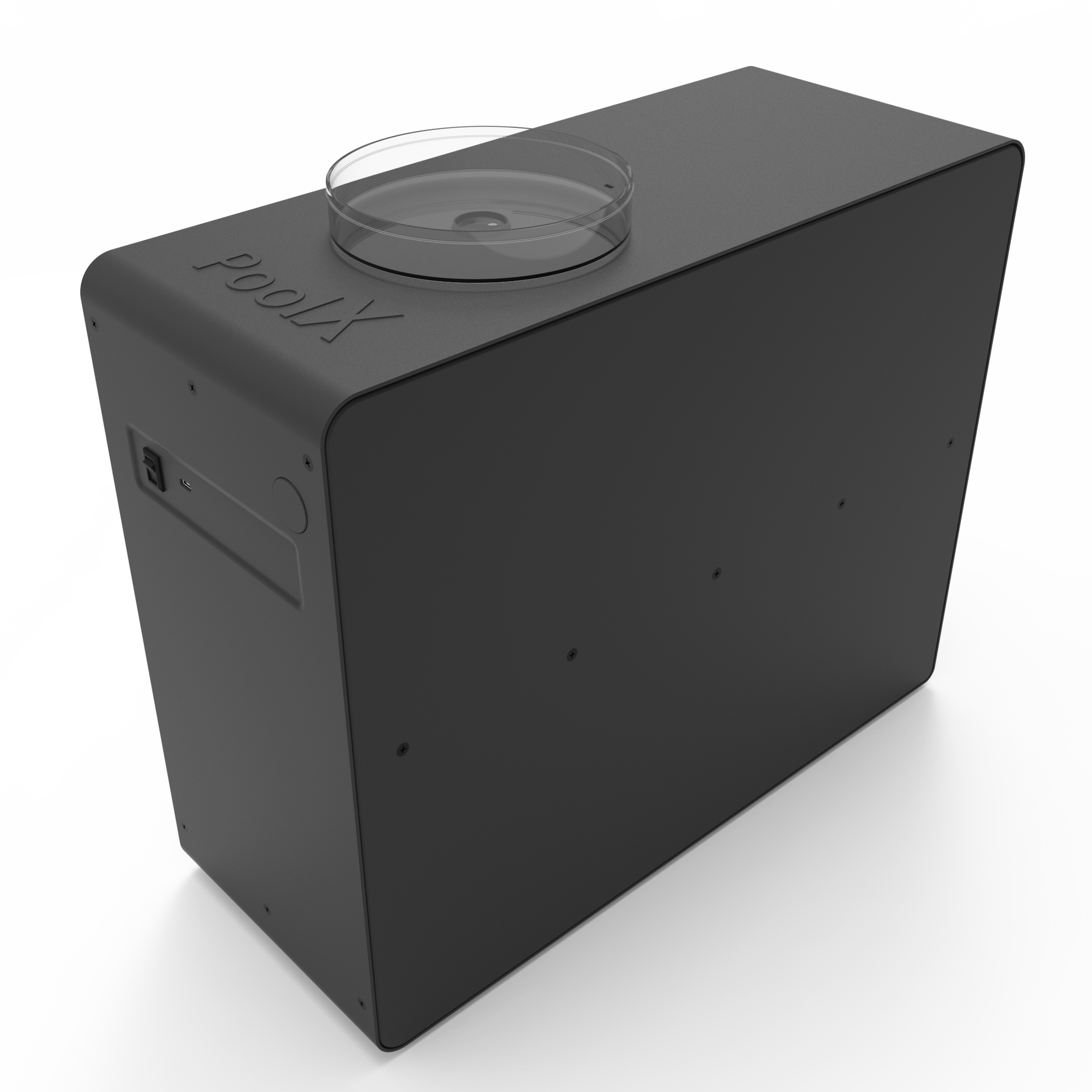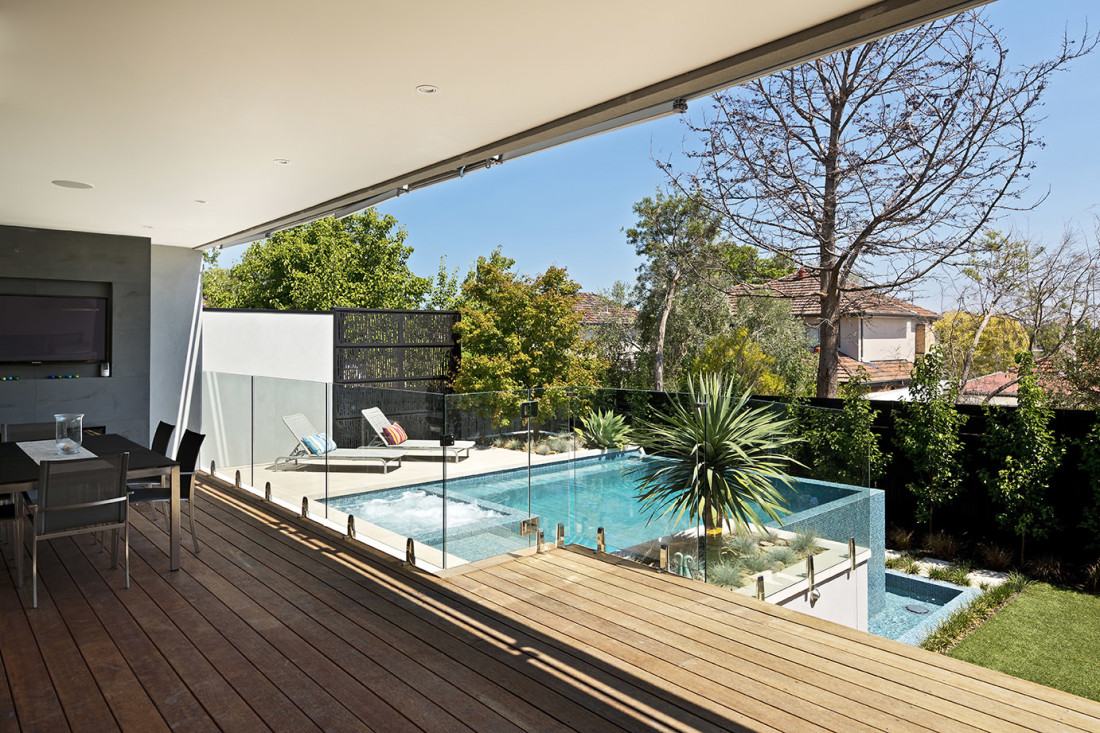Maintaining a comfortable swimming temperature in your pool can be a challenge, especially without a traditional pool heater. However, there are numerous alternative methods that are both cost-effective and environmentally friendly. In this article, we will discuss how to heat a pool without a heater using various strategies that cater to homeowners.

Importance of Pool Heating
Ensuring that your pool is at a comfortable temperature can enhance your swimming experience and extend the swimming season. Heating your pool without a heater can not only save money but also reduce energy consumption. Let’s explore some effective methods for heating your pool without relying on a traditional heater.

1. Solar Covers
What Are Solar Covers?
Solar covers, also known as solar blankets, are large sheets of plastic that float on the surface of your pool. These covers capture the sun’s heat and transfer it to the water, effectively warming your pool.
Benefits of Solar Covers
- Cost-effective
- Energy-efficient
- Reduces evaporation
How to Use Solar Covers
Simply spread the cover over the entire surface of your pool when it’s not in use. The cover should be removed before swimming and replaced afterward to retain heat.

2. Solar Rings
What Are Solar Rings?
Solar rings are smaller, individual floating discs that function similarly to solar covers. They are easier to handle and can be used in different pool shapes and sizes.
Benefits of Solar Rings
- Flexible and easy to use
- Effective in trapping heat
- Customizable to pool size
How to Use Solar Rings
Scatter the rings across the pool’s surface, ensuring they cover as much area as possible. Remove them before swimming and put them back afterward.
3. Liquid Solar Pool Covers
What Are Liquid Solar Pool Covers?
Liquid solar pool covers are an innovative solution that involves adding a non-toxic, invisible liquid to the pool’s water. This liquid forms a thin layer on the surface that helps retain heat and reduce evaporation.
Benefits of Liquid Solar Pool Covers
- Invisible and easy to use
- Reduces evaporation
- Environmentally friendly
How to Use Liquid Solar Pool Covers
Follow the manufacturer’s instructions to add the liquid to your pool water. The cover automatically forms and works continuously without needing to be removed.
4. Solar Panels
What Are Solar Panels For Pools?
Solar panels designed for pool heating are installed on the roof or near the pool area. They capture solar energy and transfer it to the pool water through a series of pipes.
Benefits of Solar Panels
- Highly efficient
- Long-lasting
- Eco-friendly
How to Use Solar Panels
Consult a professional to install the panels and connect them to your pool’s filtration system. The water will circulate through the panels, absorbing heat before returning to the pool.
5. Solar Sun Rings
What Are Solar Sun Rings?
Solar sun rings are similar to solar rings but are larger and more effective at trapping heat. They consist of two layers of vinyl that create an insulating barrier.
Benefits of Solar Sun Rings
- Highly effective
- Reduces evaporation
- Customizable to pool size
How to Use Solar Sun Rings
Place the rings on the water’s surface, ensuring they cover as much area as possible. Remove them before swimming and replace them afterward.
6. Solar Domes
What Are Solar Domes?
Solar domes are small, compact devices that use a series of tubes to capture and transfer solar energy to the pool water.
Benefits of Solar Domes
- Efficient
- Space-saving
- Easy to install
How to Use Solar Domes
Install the dome near your pool and connect it to the filtration system. Water will circulate through the dome, absorbing heat before returning to the pool.
7. Black Hose Trick
What Is the Black Hose Trick?
The black hose trick involves using a long black garden hose to absorb and transfer heat to the pool water.
Benefits of the Black Hose Trick
- Cost-effective
- Simple to implement
- No additional equipment needed
How to Use the Black Hose Trick
Coil the black hose and place it in a sunny spot. Connect one end to your pool’s pump and the other end to the return inlet. As water flows through the hose, it absorbs heat before returning to the pool.
8. Wind Barriers
What Are Wind Barriers?
Wind barriers, such as fences or hedges, help reduce heat loss caused by wind.
Benefits of Wind Barriers
- Reduces heat loss
- Improves pool privacy
- Enhances pool aesthetics
How to Use Wind Barriers
Install fences, hedges, or other structures around your pool to block wind and retain heat.
9. Pool Pump Timer
What Is a Pool Pump Timer?
A pool pump timer allows you to control the filtration system, ensuring the water circulates during the warmest parts of the day.
Benefits of a Pool Pump Timer
- Energy-efficient
- Optimizes heating
- Reduces operational costs
How to Use a Pool Pump Timer
Set the timer to run the pump during peak sunlight hours to maximize heat absorption.
10. Pool Landscaping
What Is Pool Landscaping?
Pool landscaping involves strategically planting trees and shrubs around the pool to create a microclimate that retains heat.
Benefits of Pool Landscaping
- Reduces heat loss
- Enhances pool aesthetics
- Provides privacy
How to Use Pool Landscaping
Plant trees and shrubs around your pool, focusing on areas that receive the most sunlight.
11. Pool Enclosures
What Are Pool Enclosures?
Pool enclosures are structures that cover the pool area, creating a greenhouse effect that retains heat.
Benefits of Pool Enclosures
- Highly effective
- Improves pool safety
- Extends swimming season
How to Use Pool Enclosures
Install a pool enclosure over your pool area to trap heat and maintain a comfortable temperature.
12. Pool Warmers
What Are Pool Warmers?
Pool warmers are devices that float on the water’s surface and use solar energy to warm the pool water.
Benefits of Pool Warmers
- Easy to use
- Cost-effective
- Environmentally friendly
How to Use Pool Warmers
Place the warmers on the water’s surface and leave them in place until the desired temperature is reached.
13. Solar Blankets
What Are Solar Blankets?
Solar blankets are large, insulated covers that trap heat and reduce evaporation.
Benefits of Solar Blankets
- Highly effective
- Reduces heat loss
- Cost-effective
How to Use Solar Blankets
Cover your pool with the blanket when it’s not in use and remove it before swimming.
14. Solar Heater Mats
What Are Solar Heater Mats?
Solar heater mats are flexible mats placed near the pool to capture solar energy and transfer it to the water.
Benefits of Solar Heater Mats
- Flexible and easy to use
- Can be placed anywhere
- Cost-effective
How to Use Solar Heater Mats
Place the mats in a sunny area and connect them to the pool’s filtration system.
15. Pool Covers
What Are Pool Covers?
Pool covers are any materials used to cover the pool’s surface, retaining heat and reducing evaporation.
Benefits of Pool Covers
- Cost-effective
- Reduces evaporation
- Improves heat retention
How to Use Pool Covers
Cover your pool when it’s not in use and remove the cover before swimming.
FAQs
1. Can I use multiple methods to heat my pool without a heater?
Yes, combining several methods, such as solar covers and wind barriers, can enhance the heating effect and provide better results.
2. Are these methods safe for all pool types?
Most of these methods are suitable for all pool types, but it’s essential to follow the manufacturer’s instructions and consult a professional if needed.
3. How much money can I save by using these methods?
The savings vary depending on the method and pool size, but using alternative heating methods can significantly reduce energy costs compared to traditional heaters.
For more information on pool maintenance and design, visit this guide.
Learn how home repairs can improve your quality of life here.
Discover more about gasoline power generators for your outdoor needs here.
For more detailed information on pool care, check out Clean Your Own Pool.
As an Amazon Associate, I earn from qualifying purchases.

